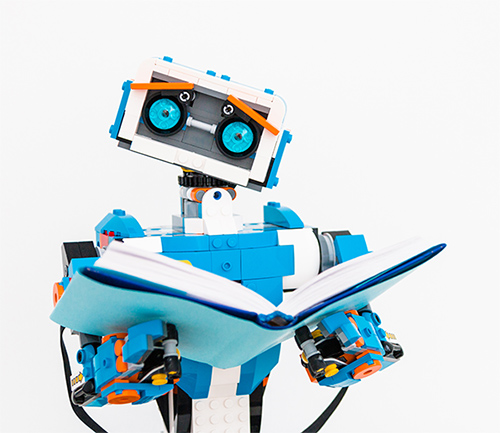STEM and How it Can Consolidate Classroom Inclusiveness
Research article  Open access |
Available online on: 20 January, 2020 |
Last update: 28 October, 2021
Open access |
Available online on: 20 January, 2020 |
Last update: 28 October, 2021
 Theoretical and personal outlook is foundational to the application of successful classroom practices. STEM is a syllabus created based on the idea of cultivating students in four specific areas, including science, technology, engineering, and mathematics with a multidisciplinary and applied approach using a unified learning pattern.
Theoretical and personal outlook is foundational to the application of successful classroom practices. STEM is a syllabus created based on the idea of cultivating students in four specific areas, including science, technology, engineering, and mathematics with a multidisciplinary and applied approach using a unified learning pattern.
Inclusive classroom practices promote and support the success of a diverse population of students as they navigate various, yet unbiased, paths. Inclusive education is when a student with functional limitations spends at least half of the day in the universal education classroom. In a special education classroom setting, there is stereotypically one special education instructor and several paraprofessionals in the classroom. Typically, the students with functional limitations in the classroom require specific lesson plans either by grade level or by an individual level. Usually, the special education teachers are so overwhelmed just trying to keep up with accommodations and grade-level standards, that they have little time to incorporate anything else.
As STEM educators with extensive experience as either a student and/or instructor, it is easy to feel comfortable in a science classroom or laboratory. While experiences shape perspective, one must recognize that it is unlikely that the students with functional limitation share the same comfort. The demands of rigorous STEM syllabuses, often in a physically unfamiliar space, compounded by lack of classmates or mentors who share the same background or experiences, can make students feel isolated and unable to achieve success in the classroom. Therefore, it is critical to implement micro-management, small acts to make students feel welcome so that they can focus on attacking the vagueness of active learning, rather than being distracted by feelings of insufficiency.
STEM education takes place in any classroom setting, but commonly in a general education tutorial room. For STEM, the students are alienated into groups, this allows the students with special needs to work on social skills with their peers. In groups, each student is assigned with one task, likewise to enable the inclusion student to learn responsibility and collaboration. In some cases, the included student is a basic learner involved with other students in a group, teachers may utilize this strategy to greatly reduce stress and anxiety of this learner for two reasons, first, the student is not always accountable for the answer and if unsure of an answer, a higher-level learner can peer mentor the inclusion student, second, the student receives content associated material that is on grade level, as well as, problem-solving skills. The only thing that matters after the design and construction of the lesson objective is the student’s ability to solve the task assigned. In the special education setting, there is a very high emphasis on the individualization of the subject matter to be able to complete a STEM lesson, whereas in inclusive settings, students with special needs are able to participate to the best of their abilities in the STEM activities, where the work is on grade level, there is problem-solving, and social development is in the best awareness of the inclusion student.
Apart from the efforts of teachers and group study methods, assistive technology also plays a vital role in combining STEM education to inclusive classrooms. There are various low tech and high-tech solutions to support the students in a different area of STEM education. Electronic books, talking calculators, CCTV magnifiers, screen readers, FM systems, and word prediction software are few solutions that can aid this.
Accessibility is a celebration of diversity and a crucial aspect of warranting students’ involvement in the learning process. Access to information, awareness, STEM education curriculum, learning materials, assistive devices, and the necessary support services can help students with functional limitations in learning at par with their non-disabled peers in the same classroom breaking down all barriers which prevent them from having equal access to quality education.
